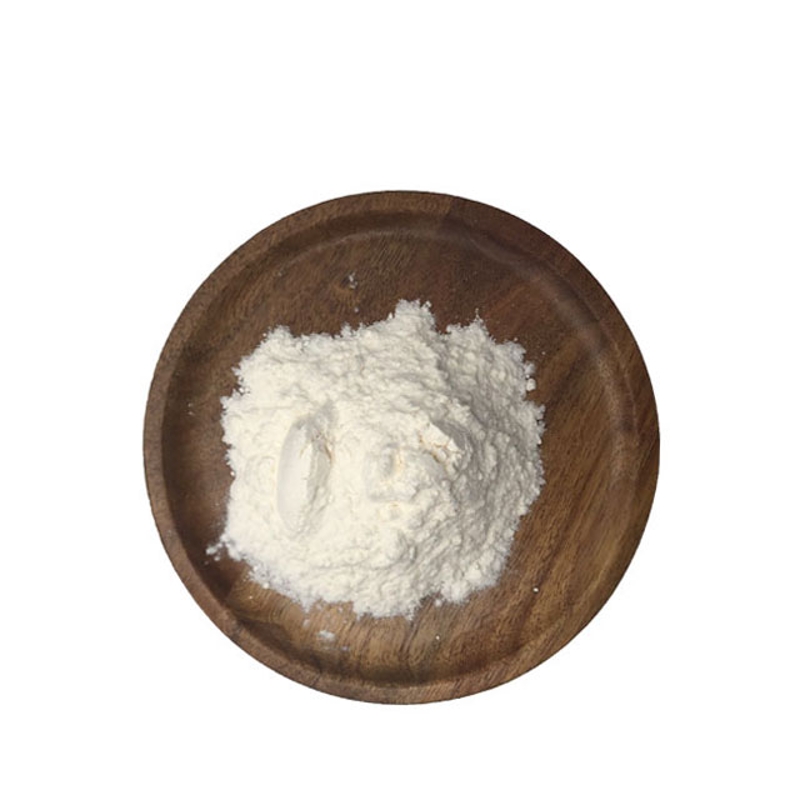-
Categories
-
Pharmaceutical Intermediates
-
Active Pharmaceutical Ingredients
-
Food Additives
- Industrial Coatings
- Agrochemicals
- Dyes and Pigments
- Surfactant
- Flavors and Fragrances
- Chemical Reagents
- Catalyst and Auxiliary
- Natural Products
- Inorganic Chemistry
-
Organic Chemistry
-
Biochemical Engineering
- Analytical Chemistry
- Cosmetic Ingredient
-
Pharmaceutical Intermediates
Promotion
ECHEMI Mall
Wholesale
Weekly Price
Exhibition
News
-
Trade Service
Meningococcial tumor is a common intracranial primary tumor, imaging is located in the convex surface of the brain, next to the sacular sinuses or butterfly bone crucible hem, a reinforced lump.
most of them have no obvious symptoms, and large meningococcuses can have neurological symptoms, such as headache or vision loss, due to their significant occupying effect, but extracranial metastasis is rare.
Bryce D. Beutler of the University of Nevada School of Medicine and others reported on a 78-year-old patient with relapsed meningoma combined with liver metastasis, published in the November 2019 issue of RadioLogy Reports.
study method Patient male, Asian.
to a local hospital in 2011 at the age of 71, he suffered from a right headache and weakness in his left limb.
found a lump in the right scalp and Babinski on the left.
MRI imaging showed that the right-hand top pillow leaf tumor, the size of 6×3×3.5 cm, uneven reinforcement, visible intracranial hemorrhage;
hemorrhage under the epidural and in the top leaf trench of the right hemisphere of the brain (Figure 1).
can also be seen from right to left through the brain, about 4mm (Figure 2).
CT venous ocystation and 3D reconstruction were found to have a vectoric sinus shift (Figure 3).
figure 1. A figure MRI-T1 weighted image, b figure T1 enhanced image, c figure T2 weighted and d figure FLAIR sequence image shows that the top pillow leaf placeholder lump, the size of 6×3×3.5 cm, uneven reinforcement;
the MRI signal of the skull is uneven.
the right side of the pillow leaf is significantly shifted under pressure, accompanied by a small amount of bleeding under the right brain hemisphere epidural and the top leaf trench.
Figure 2. The MRI-T1 enhanced image shows the tumor passing from right to left through the brain about 4mm.
Figure 3. CT venous ocysts and 3D reconstruction images show upper vector sinus displacement.
at that time, a full-body CT enhancement scan found multiple liver cysts, kidney cysts, no metastasis lesions.
1 month after the first diagnosis, the right top pillow leaf lesions partial excision, residual on the sectic sinus tumor.
was diagnosed with WHO I-grade transitional meningioma.
after surgery, neurological symptoms gradually eased.
patients are followed up every 6 months for MRI.
tumor progression in 2013, which can be seen in the growth of the upper sinuses and surrounding tumors.
radiation therapy is performed on the hospital.
1 month and 6 months after radiation therapy showed that tumor growth was stagnant.
an MRI scan for the next six months.
tumor volume increased again in 2016 to 4.1×4.1×2.5cm, with the upper sinuses.
but no obvious symptoms, the patient refused surgery and continued MRI follow-up.
early 2017, patients were treated for dizziness, speech difficulties and paraplegia in their left limb.
MRI examination showed that the tumor in the back corner of the right side of the brain chamber had a significant positional effect, and the upper-vector sinus empty effect disappeared, suggesting that the tumor severely violated the upper-targeted sinuses.
a full excision, radiotherapy after surgery for 6 months, most of the nerve function recovery.
an MRI in early 2018 suggested that the meningococcial tumor at the back of the upper sinus had relapsed and that bevadan anti-rescue chemotherapy had been performed.
patients developed fatigue and urinary retention after 3 months, and were diagnosed with severe sepsis combined with multi-organ dysfunction.
abdominal CT scan, no acute abdominal lesions, but found that the liver is more scattered in the low-density substantive lesions.
liver MRI showed a 5.5cm unevenly reinforced lump in the liver with two smaller fortified lesions above it (Figure 4).
Figure 4. MRI imaging of 3 unevenly reinforced lumps in the liver, up to 5.5cm, suspected to be malignant tumors.
patients with antibiotics to treat sepsis, and Tansorosin to treat urinary retention.
2 months after the control of symptoms, the liver lesions for biopsy puncture.
results of histological and immunogroup staining of intracranial lesions were consistent with intracranial meningococctural tumor removal specimens in 2011 and 2017.
, a metastasis meningioma was diagnosed in the liver and transferred to the hematology and oncology departments for systemic treatment.
Conclusions The authors conclude that meningoma is a common intracranial tumor that is usually benign and that most patients have a good prognosis after surgery.
also malignant and extracranial metastasis, which should be clearly diagnosed by biopsy.
: The intellectual property rights of the content published by the Brain Medical Exchange's Extra-God Information, God-based Information and Brain Medicine Consulting are owned by the Brain Medical Exchange and the organizers, the original authors and other relevant rights persons.
, editing, copying, cutting, recording, etc. without permission.
be used with a license, the source must also be indicated.
welcome to forward and share.







